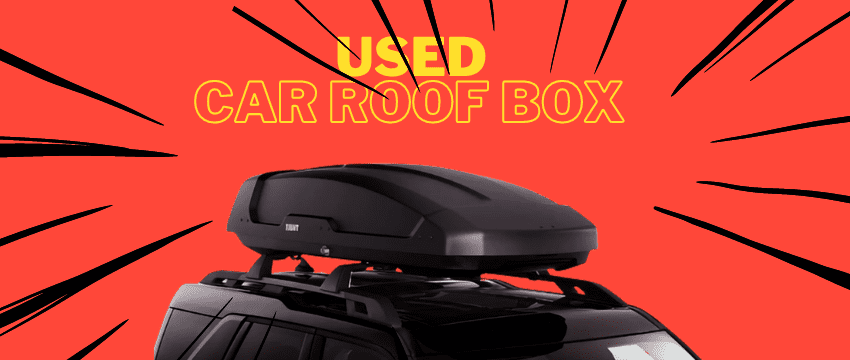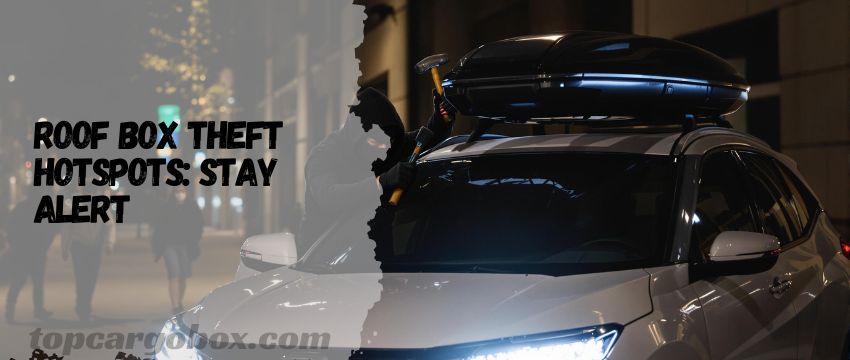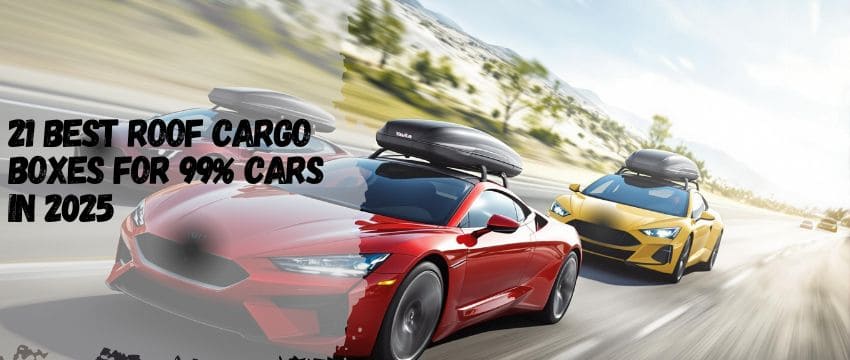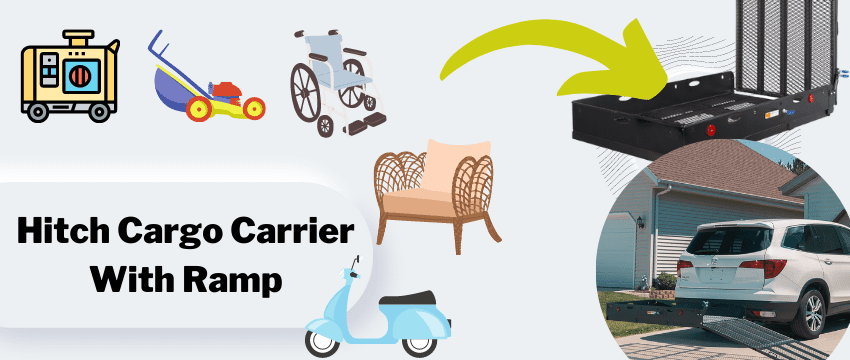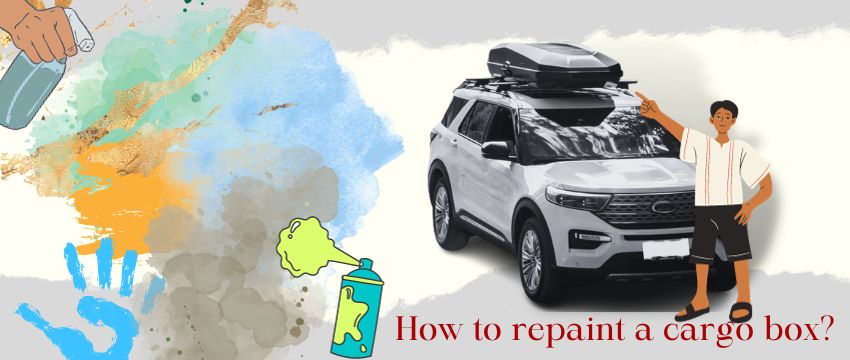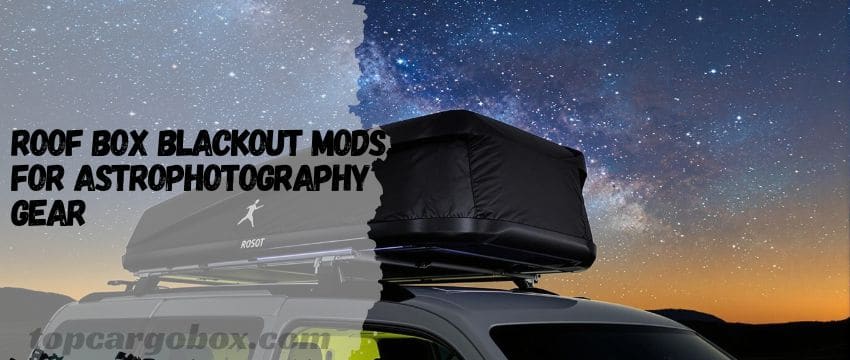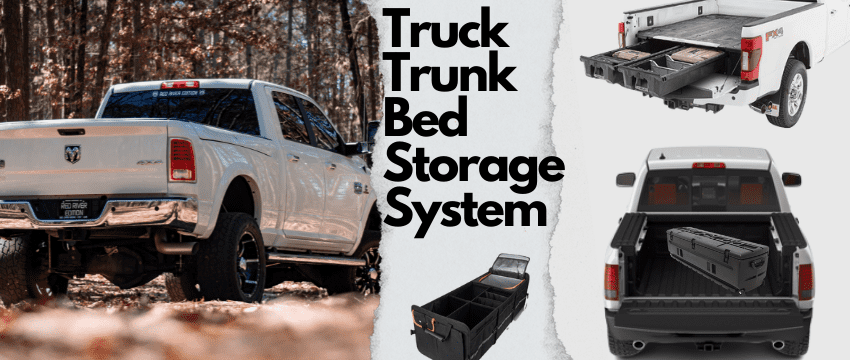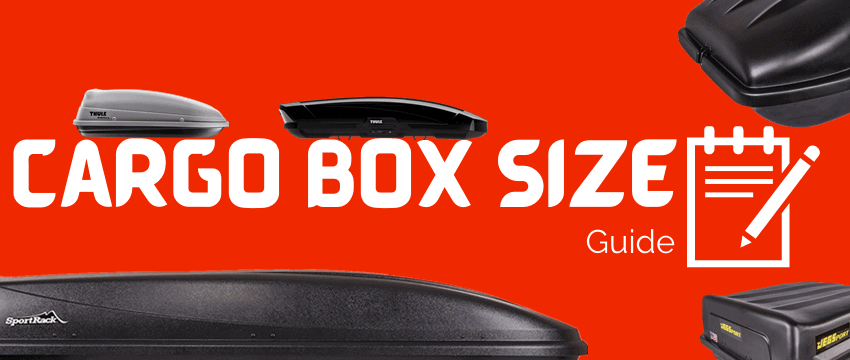The question of whether dealerships install roof racks is more nuanced than a simple yes or no. While many drivers assume dealerships are the go-to for vehicle modifications, the reality involves a mix of brand policies, service limitations, and cost considerations. Whether you’re preparing for a cross-country road trip, need extra storage for outdoor gear, or want to enhance your vehicle’s utility, understanding the role dealerships play in roof rack installation is critical. This guide explores dealership services, compares them to third-party options, and helps you make an informed decision tailored to your needs.
1. Dealerships and Roof Racks: What Services Do They Actually Offer?
Most dealerships do offer roof rack installation as part of their accessory services, but the extent varies by brand, location, and vehicle type. For instance, Subaru and Toyota dealerships often promote OEM (Original Equipment Manufacturer) roof racks tailored to specific models like the Outback or RAV4. These racks are designed to integrate seamlessly with factory-installed roof rails, ensuring compatibility and preserving the vehicle’s aesthetic.

Dealerships typically provide two types of roof rack services:
- OEM Accessory Installation: Installing brand-approved racks purchased directly from the dealership.
- Aftermarket Installation: Mounting third-party racks (e.g., Thule, Yakima) if they comply with the vehicle’s specs.
However, not all dealerships handle aftermarket products. For example, a Honda dealership might refuse to install a Yakima rack on a CR-V if it’s not part of their approved accessories. Always call ahead to confirm policies.
Why Choose Dealership Installation?
- Warranty Protection: OEM racks installed by certified technicians often come with a warranty that aligns with the vehicle’s existing coverage.
- Expertise: Dealerships have model-specific knowledge, reducing the risk of improper installation (e.g., damaging roof seams or airbags in vehicles with panoramic sunroofs).
- Convenience: Bundling installation with other services (e.g., oil changes) saves time.
A case study involving a 2023 Ford Bronco owner highlights this: The dealership installed a Ford-branded roof rack with no impact on the vehicle’s 3-year bumper-to-bumper warranty, whereas a third-party shop’s installation voided coverage for roof-related repairs.
2. OEM vs. Aftermarket Roof Racks: Pros, Cons, and Hidden Costs
Understanding the differences between OEM and aftermarket racks is key to deciding whether dealership installation is worth the investment.
OEM Roof Racks
- Pros:
- Guaranteed Fit: Designed for your specific make/model (e.g., Jeep Wrangler’s Trail Rail system).
- Aesthetic Consistency: Matches the vehicle’s design (e.g., color-matched finishes).
- Warranty Coverage: Typically includes 1–3 years of protection.
- Cons:
- Higher Cost: OEM racks can cost 20–50% more than aftermarket options. A Toyota Camry OEM rack averages $450–$600 vs. $300 for a comparable Thule model.
- Limited Customization: Fewer options for expandability or specialized attachments (e.g., ski carriers).
Aftermarket Roof Racks
- Pros:
- Affordability: Brands like Curt or Rhino Rack offer budget-friendly options.
- Versatility: Modular designs allow for add-ons like bike mounts or cargo boxes.
- Cons:
- Installation Risks: Improper mounting can damage roof panels or void warranties.
- Quality Variance: Cheap models may rust or fail under heavy loads.
A 2022 study by Consumer Reports found that 35% of aftermarket rack owners reported issues like wind noise or water leaks, compared to 12% for OEM users.
3. The Cost Breakdown: Dealership Prices vs. Third-Party Services
Dealership installation costs depend on the rack type, labor rates, and geographic location. Below is a regional comparison for a mid-size SUV:
City | OEM Rack + Installation | Third-Party Rack + Installation |
|---|---|---|
Los Angeles, CA | $700–$1,200 | $400–$800 |
Austin, TX | $650–$1,000 | $350–$700 |
Chicago, IL | $750–$1,300 | $450–$850 |
Hidden Fees to Watch For:
- Diagnostic Charges: Some dealerships bill $50–$100 for pre-installation inspections.
- Taxes and Parts Markup: OEM parts often include a 15–30% dealership markup.
- Labor Rates: Dealerships average $120–$200/hour vs. $80–$150 for independent shops.
For budget-conscious buyers, purchasing an aftermarket rack online and hiring a local mechanic could save $300+. However, DIY installation risks improper fitting—a mistake that cost one Colorado driver $1,500 in roof repairs after a homemade rack tore through waterproof seals.
4. Warranty Implications: How Installation Affects Your Coverage
Dealerships emphasize that OEM installations preserve your vehicle’s warranty, but the fine print matters. Most manufacturers (e.g., Hyundai, Kia) follow the Magnuson-Moss Warranty Act, which states that aftermarket parts cannot void warranties unless they directly cause damage.

Scenario: Installing a Thule rack on a Nissan Rogue at a third-party shop won’t void Nissan’s warranty. However, if the rack’s weight cracks the roof, Nissan may deny coverage for roof repairs.
Dealerships often provide complementary warranties for OEM installations. For example, GM offers a 12-month/12,000-mile warranty on Chevrolet roof rack installations, covering both parts and labor.
5. Step-by-Step: What to Expect During Dealership Installation
- Consultation: Discuss needs (e.g., cargo capacity, crossbar vs. full rack).
- Vehicle Inspection: Technicians check roof rails, sunroof clearance, and weight limits.
- Parts Ordering: OEM racks may take 2–6 weeks to arrive.
- Installation: Typically 1–3 hours, involving torque wrenches and sealant applications.
- Post-Installation Test: Road-testing to check for wind noise or rattling.
Ask for a detailed invoice outlining labor and parts. Reputable dealerships provide this transparency.
6. Alternatives to Dealerships: When to Choose Third-Party Installers
Consider independent shops or DIY if:
- You Own an Older Vehicle: A 2010 Honda Accord’s roof rails are simpler to modify than a 2024 Tesla Model Y’s glass roof.
- You Want Customization: Overlanding enthusiasts often prefer modular racks from brands like Front Runner.
- Budget is a Priority: Save 30–50% on labor and parts.
Red Flags to Avoid in Third-Party Shops:
- No liability insurance.
- Refusal to provide a written warranty.
- Poor reviews mentioning leaks or structural failures.
7. Case Study: Dealership vs. Third-Party Installation
A family in Denver compared both options for their 2022 Subaru Forester:
- Dealership: Charged $950 for OEM rack installation, including a 2-year warranty.
- Third-Party: Paid $600 for a Yakima rack but faced $300 in repairs after water seeped into the headliner.
The dealership’s higher upfront cost provided long-term peace of mind.
8. Conclusion: Is Dealership Installation Right for You?
Dealerships are ideal for newer vehicles, warranty-conscious owners, and those valuing OEM precision. However, third-party installers or DIY solutions better suit budget-focused buyers or older models. Always weigh costs, vehicle specs, and intended use before deciding.
Final Tip: Request a written quote from both dealerships and independent shops. Compare warranties, read reviews, and never rush the decision—your roof rack is an investment in safety and convenience.
Our team is creating outdoor-gear relevant articles with passion. If our articles can help you to find the correct solutions for your questions, we will be happy about that. In the content creation process, we usually collect accurate and useful information online or offline to compile our content in an organized way. Consequently, we can guarantee that you can discover some expected answers to your questions. We appreciate your time on our site.


